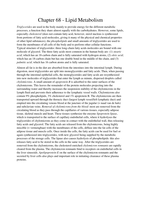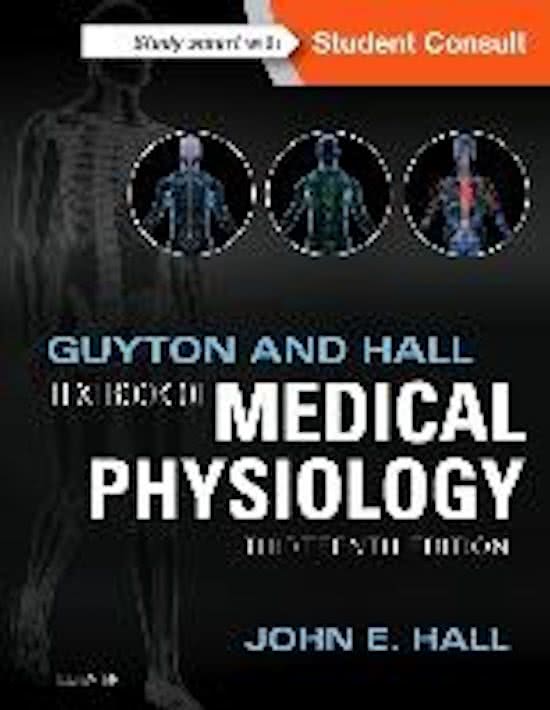Summary
Summary chapter 68: Lipid Metabolism. Textbook of Medical Physiology, 12th edition, Guyton and Hall.
- Course
- Institution
- Book
Samenvatting van hoofdstuk 68: Lipid Metabolism, van het Textbook of Medical Physiology, 12e editie door Guyton and Hall. Summary of chapter 68: Lipid Metabolism, of the Textbook of Medical Physiology, 12th edition by Guyton and Hall.
[Show more]




